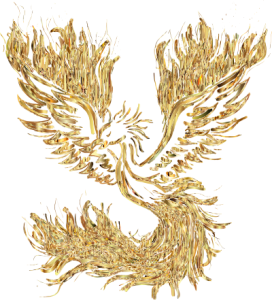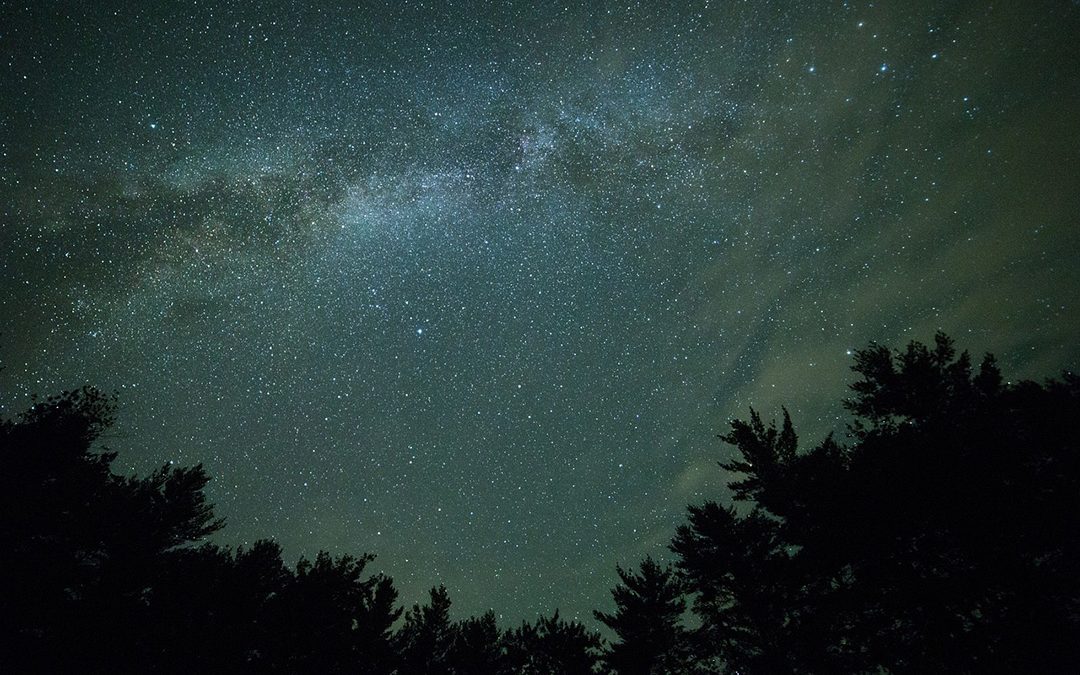“The heavens themselves, the planet, and this center
Observe degree, priority and place,
Insisture, course, proportion, season, form,
Office, and custom, in all line of order.”
(William Shakespeare, Troilus and Cressida, Act 1, Scene 3)
One of the detriments to urban living is the inability to see what is going on in the sky after sundown. This is a tremendous loss because the beauty of the night sky is a connection to our own ancestral way of being. It is a portal to the mysteries and wisdom which existed long before being obscured by the advent of mass electric lighting.
On a practical note, the ancients used the heavens to mark the passage of the seasons and the movement of the planets. To facilitate this they divided the elliptic into twelve 30-degree segments, each one visually dominated by a particular constellation. This evolved into the zodiacal belt. The sun would rise in the east in a particular segment and migrate within that segment toward the west as the earth rotated and the day progressed. Ancient people frequently framed the sun falling out of sight below the western horizon as the sun god (e.g. Ra or Apollo) descending to the lower world to face challenges and enemies bent on his destruction only to rise again in triumph on the eastern horizon at dawn.
Fortunately, we still have ways to observe and connect with the heavens after dark. Here are some simple techniques to help us watch the wonders of the sky:
- Use your smartphone or computer to keep track of solar and lunar cycles and events including sunrises, sunsets, solstices, equinoxes, eclipses, and new and full moons. Google, Alexa, and Siri can accurately provide specific days and times for such occurrences. You can keep a running log of these as well which is helpful for tracking your own biorhythms. This is a great way for urban dwellers to become in tune with the heavens.
- When and if you can, find a place that is safe and relatively free from light pollution close to sunset. Use the setting sun as a marker for the west. Once you have that, turn clockwise 90 degrees to mark the north, another 90-degree turn to mark the east, and a final 90-degree turn to mark the south. North and south mark the poles while east and west mark the horizon.
- Can you discern the zodiacal constellations that are visible above the horizon? If you are unfamiliar with these star formations there are some excellent online sites to help you learn their identifying shapes, the names of their stars, specific features such as nebulae or clusters within each one, and the legends surrounding them. Each constellation tells a story!
https://pixabay.com/vectors/scorpio-zodiac-constellation-stars-6834536/
- You might be able to pick out particular planets that are visible above the horizon with the unaided eye. Venus is particularly brilliant and sparkling (especially close to sunset and dawn). Mars has a definite reddish tinge. Jupiter is a distant pulsating brightness, while even more distant Saturn has a faint yellowish glow. An astronomical site or program can help you pinpoint where any given planet might be found.
https://pixabay.com/illustrations/planet-saturn-space-outer-space-67672/
- If you have access to a telescope or a good set of binoculars these will open new worlds of beauty and depth to your stargazing. You can see Saturn’s rings with good binoculars along with other beauties such as the Pleiades cluster in the constellation Taurus.
With the help of modern technology, anyone can become connected to the glory of the night sky. Nothing can compare with observing the wonders of the firmament outdoors on a clear moonless night.
Fortunately, you can connect with the celestial world in ways that would be familiar to our ancestors. Thank the sun for his light and strength in the morning. Blow a kiss to the moon when you see her in all her phases. Make drawings of what you observe. Keep an astronomical diary. Pick a star and make a wish as you did in childhood.
Who knows what might happen! And as you look and wonder take delight and awe in the knowledge that you are a part of all of it.

